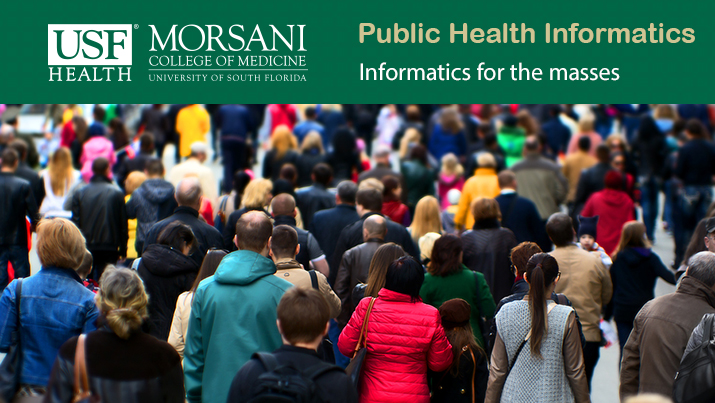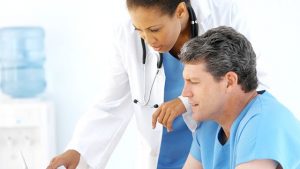Public health informatics (PHI) is the convergence, out of necessity, of two separate disciplines – information and computer science technology and public health practice, research and learning – to create a new paradigm in our ever-expanding digital age.
In PHI, IT and public health combine to form a system in which an avalanche of data relevant to public health can be managed, organized, analyzed and communicated efficiently.
Public health informatics allows for more than just cataloging existing information. It creates the opportunity to revisit, reconsider and implement new ventures based on systems that previously might not have been possible or even considered.
Public health informatics, like medical informatics, uses information science and technology to improve health. From there, the two systems differ significantly, according to a report by five directors with the U.S. Centers for Disease Control and Prevention.
The primary focus of public health informatics, per the report, is the application of information science technology to promote the health of all populations, not just specific individuals. Public health informatics utilizes applications that prevent disease and possible injury by changing the environment or tweaking the conditions that put large groups of people at risk. It does not limit itself to particular contexts such as social, behavioral or environmental; instead, public health informatics considers how to effect prevention at all vulnerable points in the path to disease, disability or injury. And it takes into consideration the governmental context through which public health is practiced.
Because it focuses on the overall population, as opposed to the individual, public health informatics must utilize data from a myriad of sources – including hospitals, law enforcement and social services – while incorporating results from surveys, inspections and more.
As technology continues to evolve, and health care continues to expand, public health informatics has become a vital component, helping providers and government agencies address the changing times and prepare for new and unexpected threats such as antibiotic-resistant infections and chemical and biological attacks.
Such an attack would require immediate detection and analysis of the agent in order for public health officials to address the threat and respond appropriately to prevent widespread human harm.
That is why informatics training is essential to help prevent system failures and to allow for knowledgeable and competent leadership. Public health informaticians must understand both disciplines in order to develop and utilize information technology that doesn’t impede on privacy and confidentiality.
Jobs and Education
As stated in the CDC report, curriculums must be developed that can be understood by the most basic levels of public health workers while also providing intermediate and advanced training for managers, researchers and specialists. The CDC has created a public health informatics fellowship to address this need, partnering with the National Library of Medicine. At the post-secondary level, more than a dozen colleges and universities now offer graduate-level training with 13 more schools already developing degree programs.
One position that will increase in desirability is Clinical Data Manager, a job that bears responsibility for collecting data from various medical research projects, managing the information and reporting it clearly and securely.
Clinical data managers can work for a wide array of companies, from large pharmaceutical corporations to hospitals, government agencies and private businesses. It’s a collaborative position, with clinical data managers often working hand-in-hand with research teams.
A bachelor’s degree is essential to obtaining employment in this role, with a master’s degree or graduate certificate in health informatics often required for advancement.




